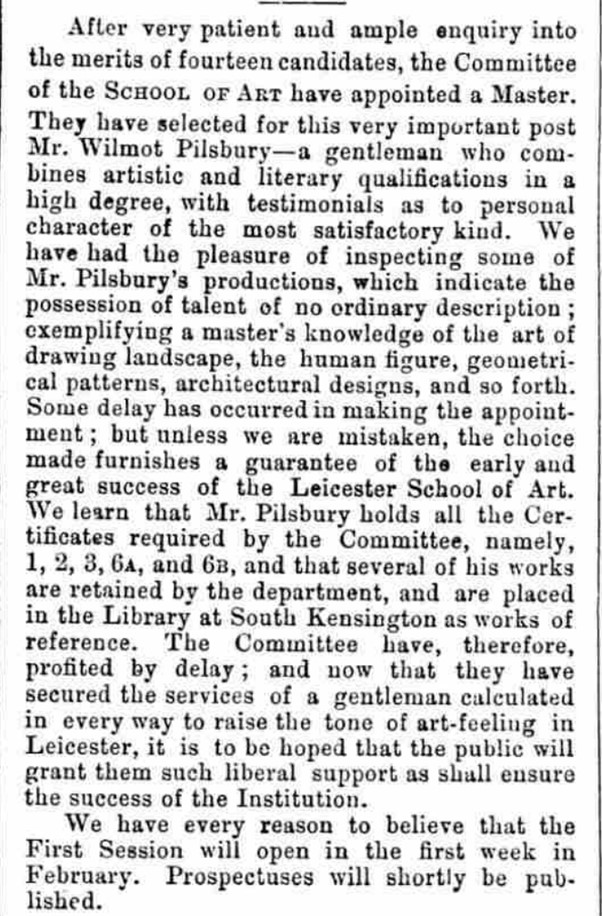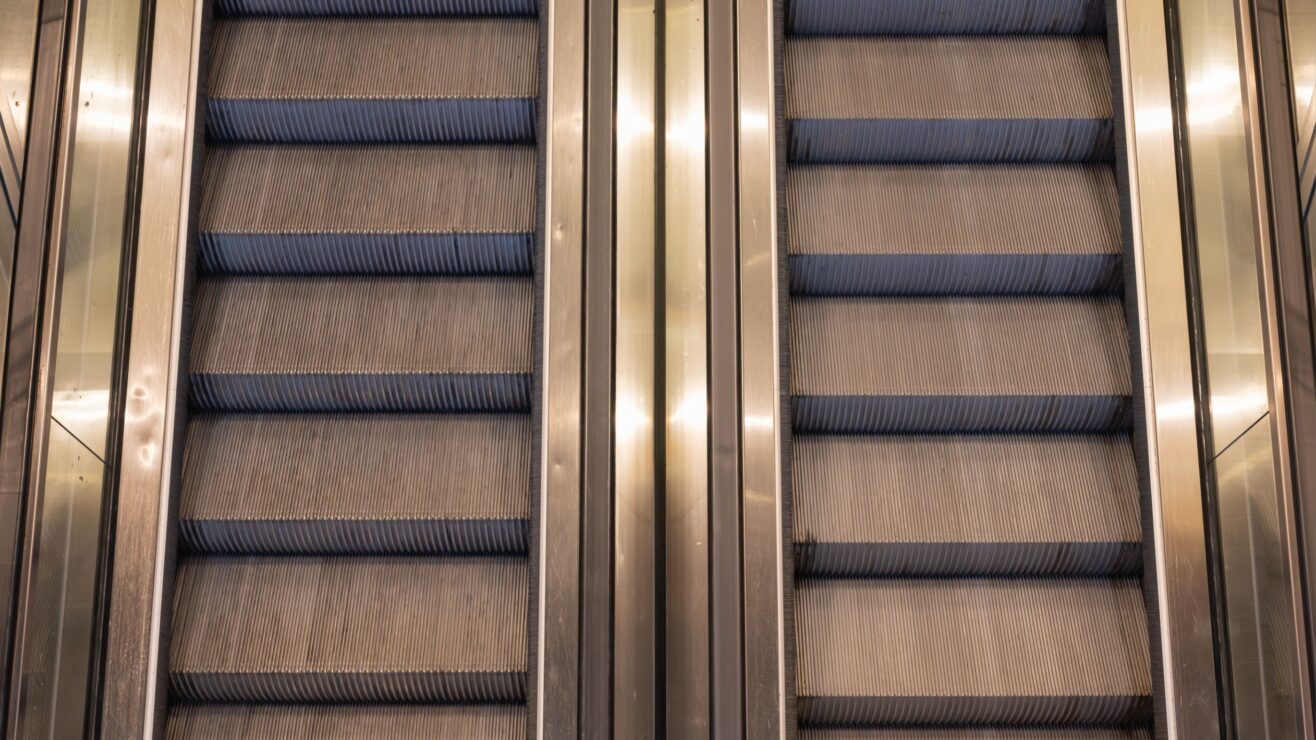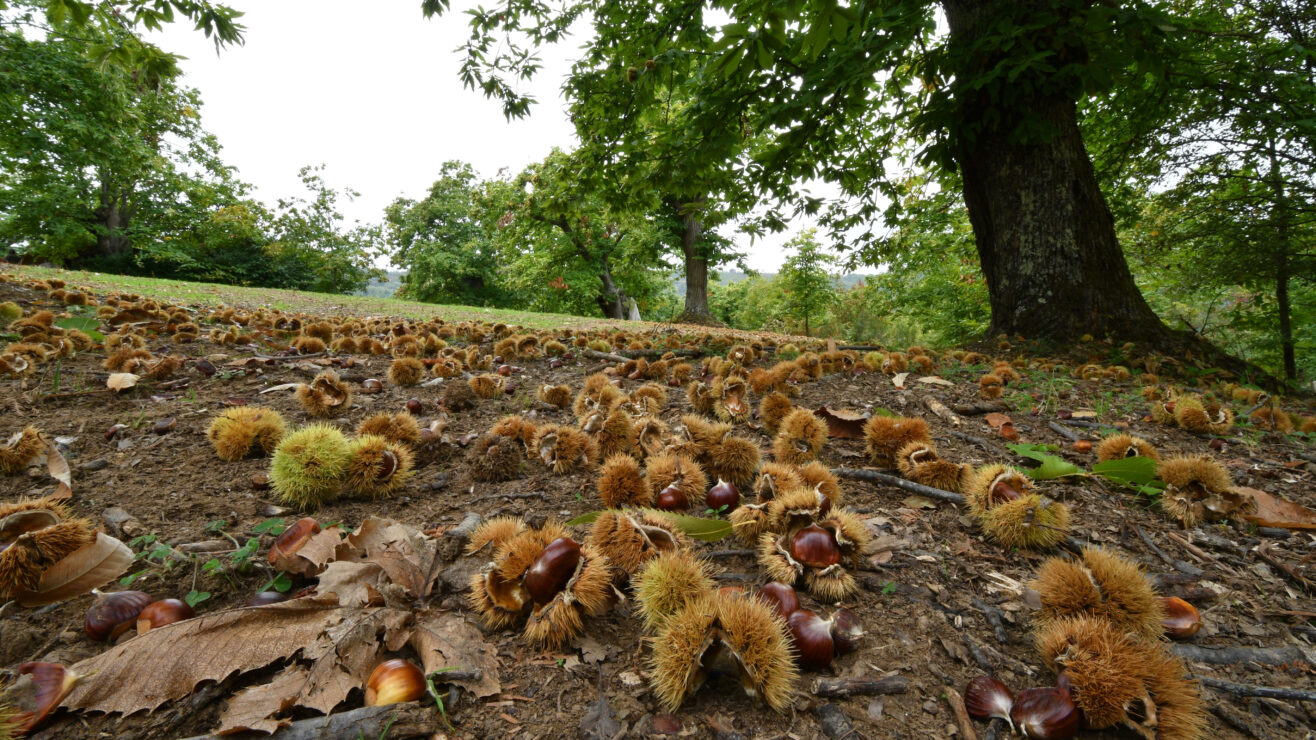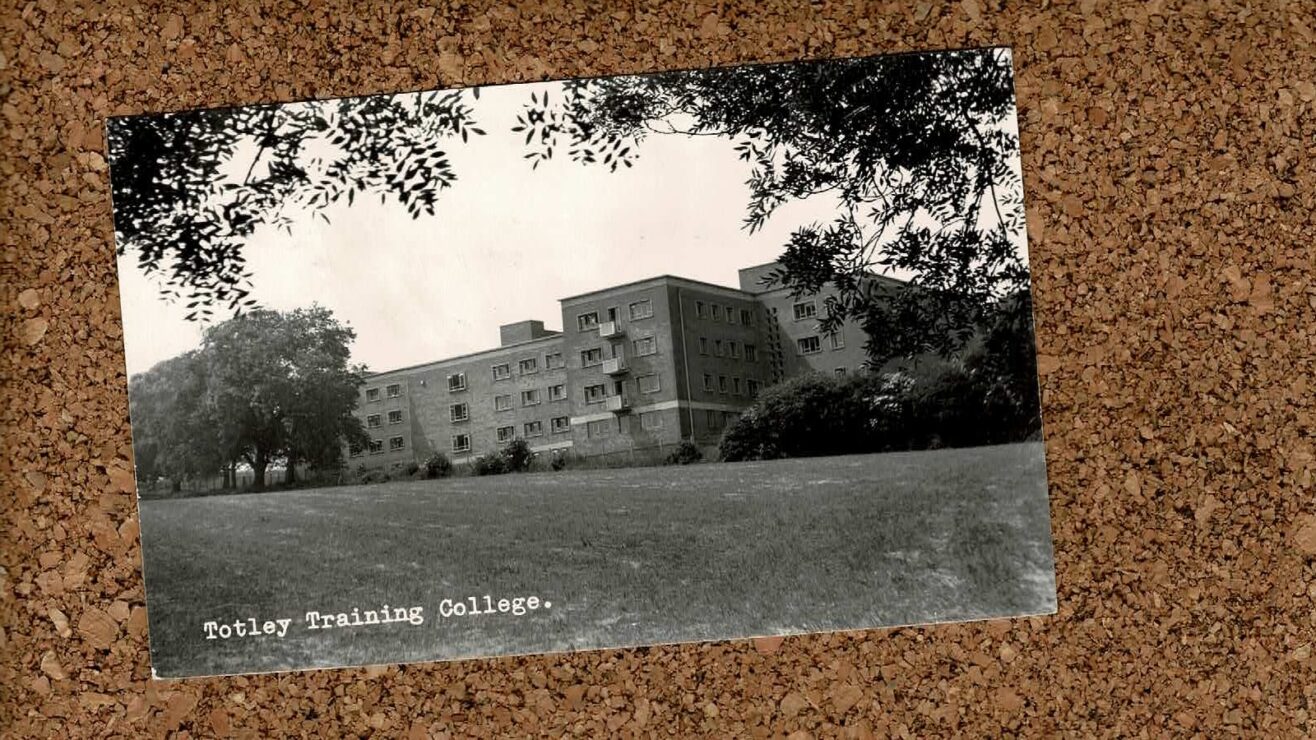It’s January 1870, and something important has just happened in Leicester.
Mr Wilmot Pilsbury (who deserves a mention just for that name alone!) has been appointed to lead the newly established Leicester School of Art. Pilsbury had trained at what would become the Royal College of Art, and at the Birmingham School of Art, and – as you can see from the Leicester Chronicle article below (15 January 1870) – had all the right certificates. He was also a watercolourist of note – you can find plenty of his paintings on auction sites if you search online.

By this stage it was over thirty years ago that the British government started sponsoring schools of design. There were nine of them, with the first being the Royal College of Art in London, and others at Birmingham, Coventry, Manchester, Newcastle-on-Tyne, Norwich, Nottingham, Sheffield and York. These were intended to improve Britain’s international competitiveness in manufacture, and were based following competition around places with specific industries.
But there were lots of towns and cities which wanted to improve their industry, and a school of art was one good way to help this. In a parallel development, the 1870 Education Act established locally run school boards, with a duty to provide and maintain schools. One can speculate that this emphasis on devolved responsibility encouraged local action on what we would today call further and higher education.
And it wasn’t only in arts that this was happening. Technical classes had been held in the Wyggeston Grammar School, Leicester, given by the Reverend James Went, the school’s headmaster. The classes proved very popular, and the Chamber of Commerce agreed to establish a technical school. The Huddersfield Chronicle of 26 August 1882 reports on a fact-finding visit by the Leicester party to see how technical education took place in the Yorkshire cloth towns of Bradford, Keighley, Huddersfield and Leeds, noting:
They appear to have been much impressed with the sight of sons of merchants and manufacturers about to enter business working side by side with artisans, all intent on understanding the theory and practice of the machines used in the special branch of business to which they intend to devote their lives.
It seems that in its first year the Leicester Technical School did not focus on textiles to any great degree – this would come later.
In any event, Leicester now had two new schools, and in 1897, after local councils had been empowered to provide technical education, they were merged under the auspices of the town council and became the Leicester Municipal Technical and Art School. New premises were built, as shown on the card.
The institution developed in line with many others in the UK: it met local needs; it played its part in two world wars (in World War 2 operating secret training on radar); it added new buildings. It became a polytechnic in 1969; in the 1970s it merged with the College of Education and gained the Scraptoft campus, about which I have written previously. There was also a merger in the 1990s with the Charles Frears College of Nursing and Midwifery,
In 1992, along with all of the other polytechnics, it gained university status. It chose the name De Montfort University, recognising the medieval Earl of Leicester Simon de Montfort, sometime de facto ruler of England and rebel, killed at the battle of Evesham in 1265. De Montfort was also responsible for the murder of hundreds of Jews, as well as their expulsion from towns and cities under his control. This association caused strife within the university: it has a web page setting out the issues, and the actions which it agreed to take.
It was also in the early 1990s that de Montfort went national, opening campuses in Milton Keynes, Bedford and Lincoln alongside its Leicester base. There has since been retrenchment – no longer are there DMU sites in Milton Keynes, Bedford and Lincoln. What goes up must come down.
De Montfort was also, at least for a while, very interesting to those who followed university governance. (And, by the way, very interesting is not something that you ever want to be when it comes to governance. Effective but dull is perfect!). This Guardian article summarises the end game, but as you can imagine, a lot of things happened before. Search for crowd surfing if you want to be entertained/horrified.
But that is the wrong note on which to end. De Montfort is a great university in a great city. It has a jolly good webpage on the history of the university, and a really good archive. And it has a splendid museum, based around a medieval church whose arches were found next to the basement of one the Hawthorne building – the one on the card – when work was being done. There’s not many that can say that.













